zurück Peru
Back Paracas
Peru Paracas Famingos Islas
Ballestas Paracas Peru Pazifikküste Flamingos
 |
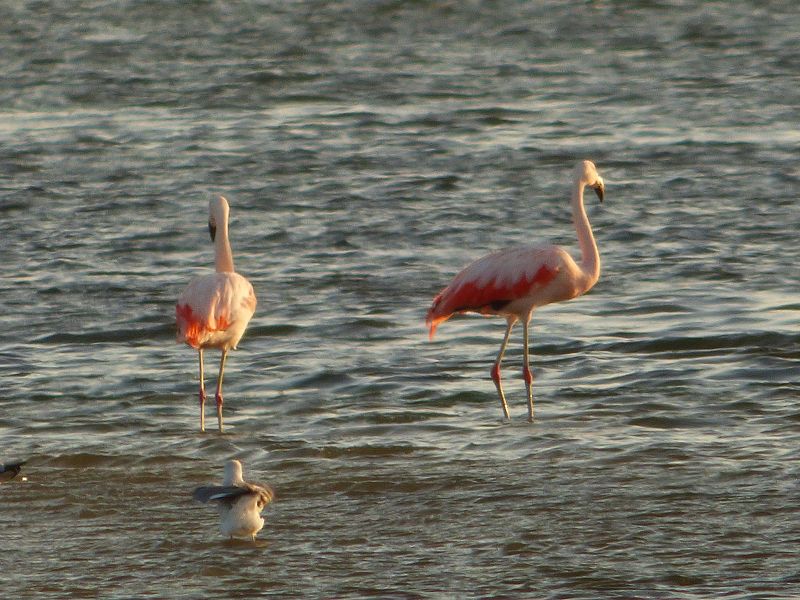 |
|
Islas Ballestas
Paracas Peru Pazifikküste
Flamingos
|
Islas Ballestas Paracas Peru Pazifikküste
Flamingo
|
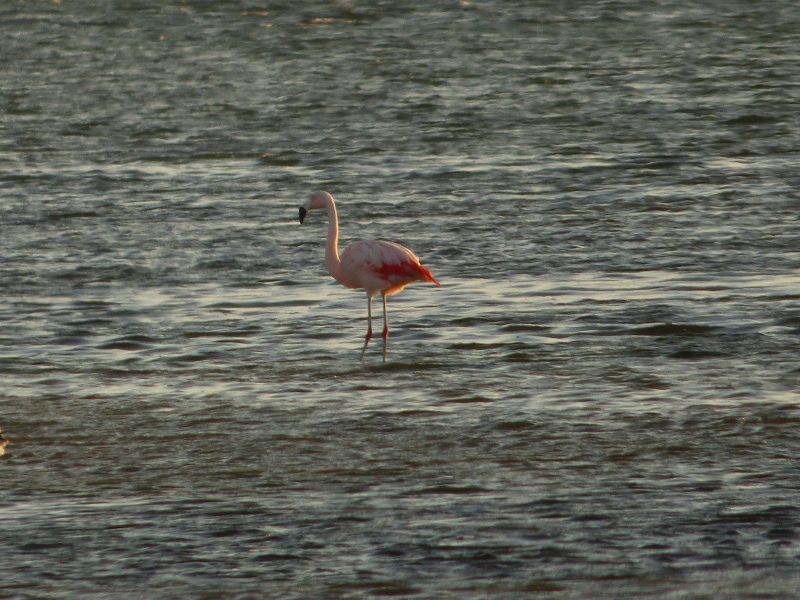 |
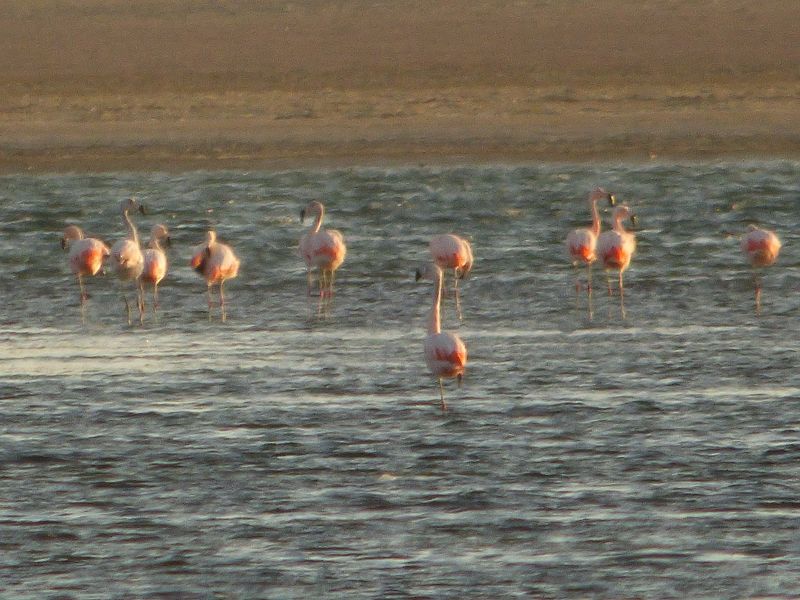 |
|
Islas Ballestas Paracas Peru Pazifikküste
Flamingos
|
Islas Ballestas Paracas Peru Pazifikküste
Flamingo
|
 |
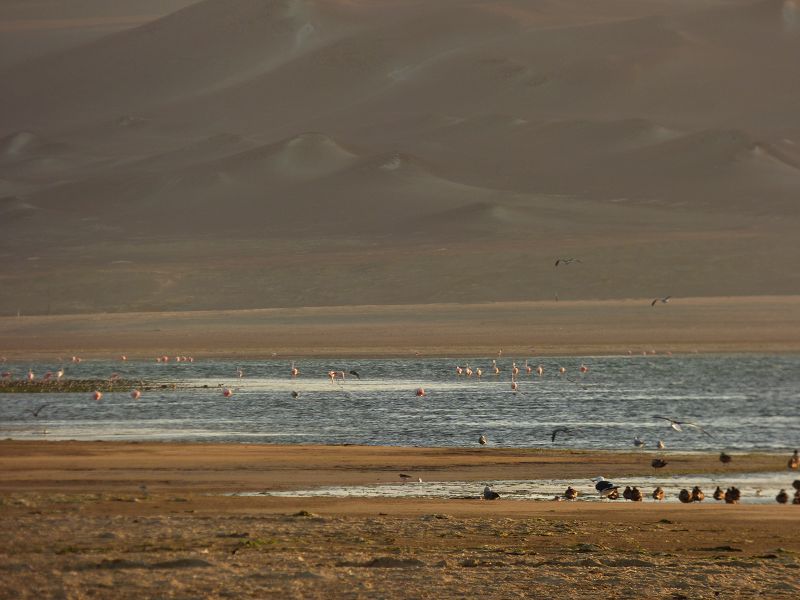 |
|
Islas Ballestas Paracas Peru Pazifikküste
Ducks + Flamingos
|
Islas Ballestas Paracas Peru Pazifikküste
Flamingos + enten
|
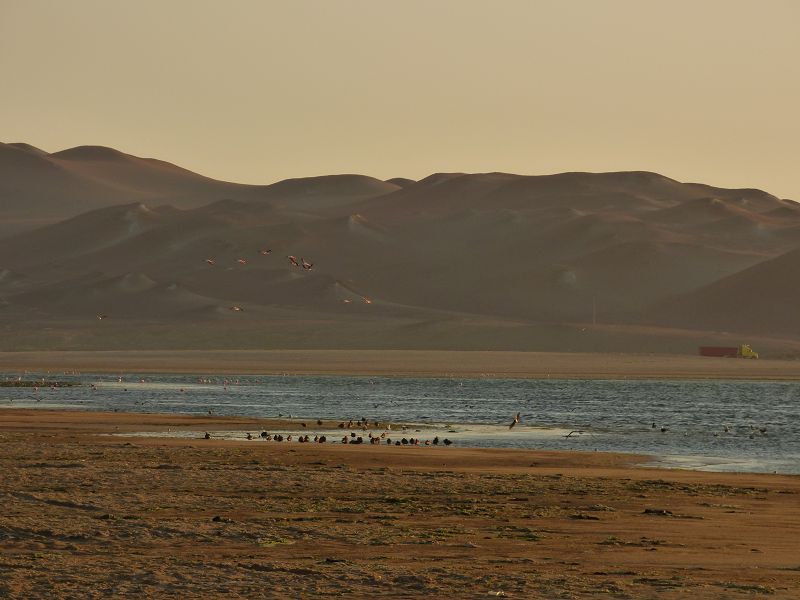 |
 |
|
Islas Ballestas
Paracas Peru Pazifikküste
Flamingos
|
Islas Ballestas
Paracas Peru Pazifikküste
Flamingo
|
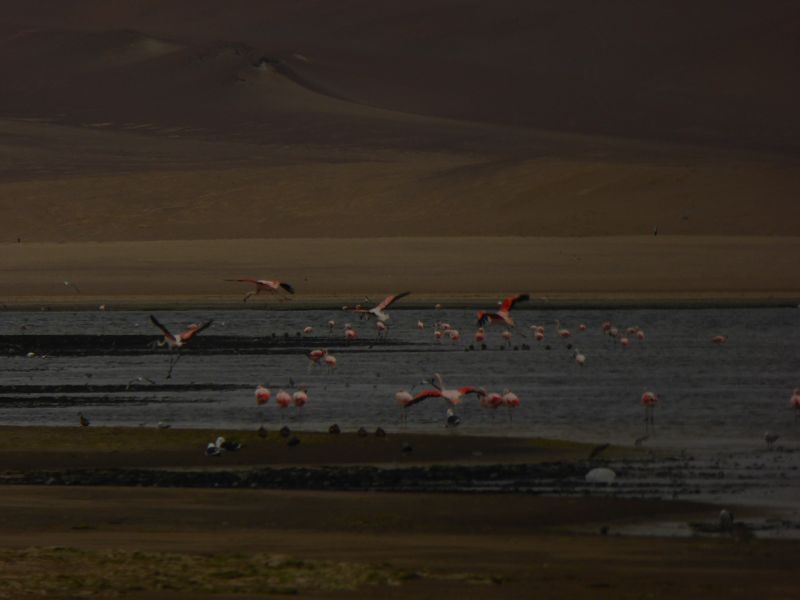 |
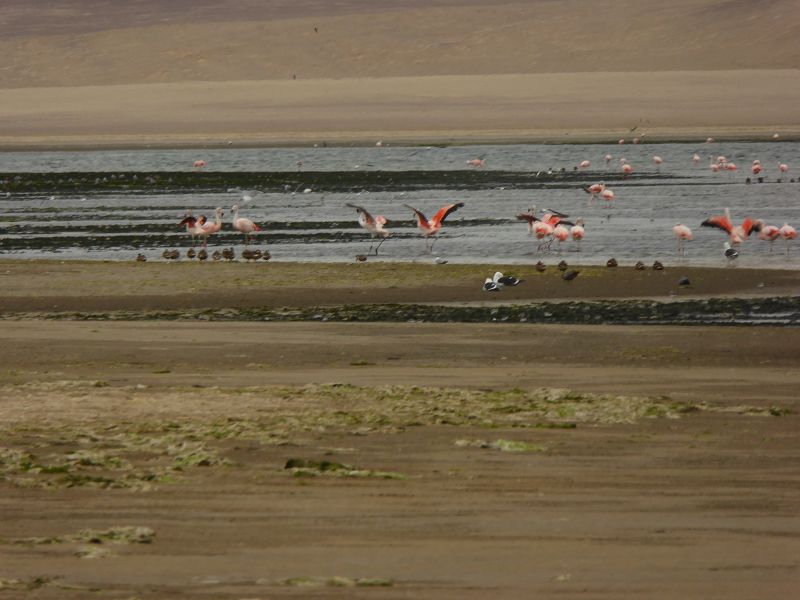 |
|
Islas Ballestas
Paracas Peru Pazifikküste
Flamingos
|
Islas Ballestas Paracas Peru Pazifikküste
Flamingo
|
 |
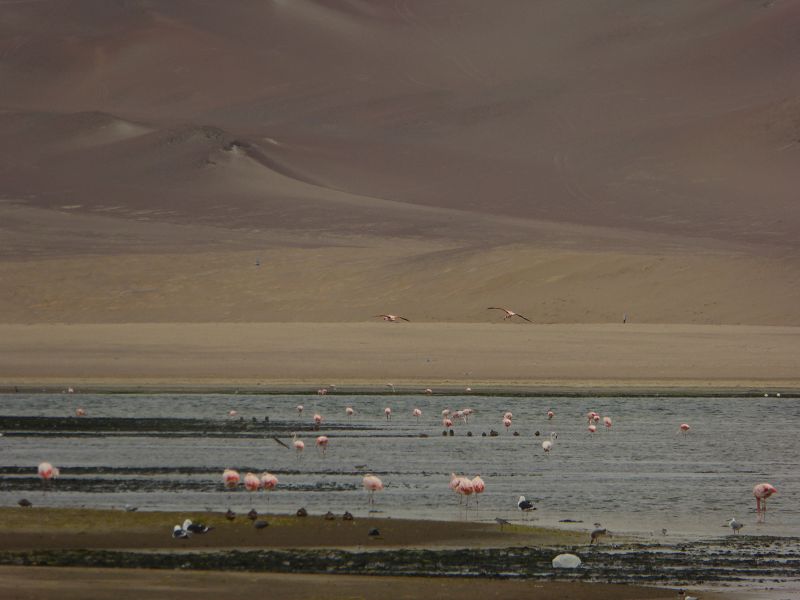 |
|
Islas Ballestas
Paracas Peru Pazifikküste
Flamingos
|
Islas Ballestas Paracas Peru Pazifikküste
Flamingo
|
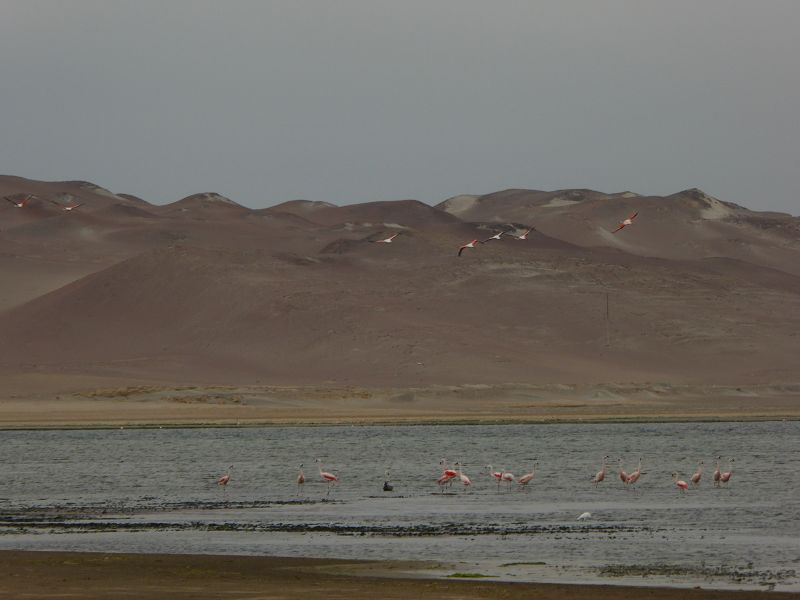 |
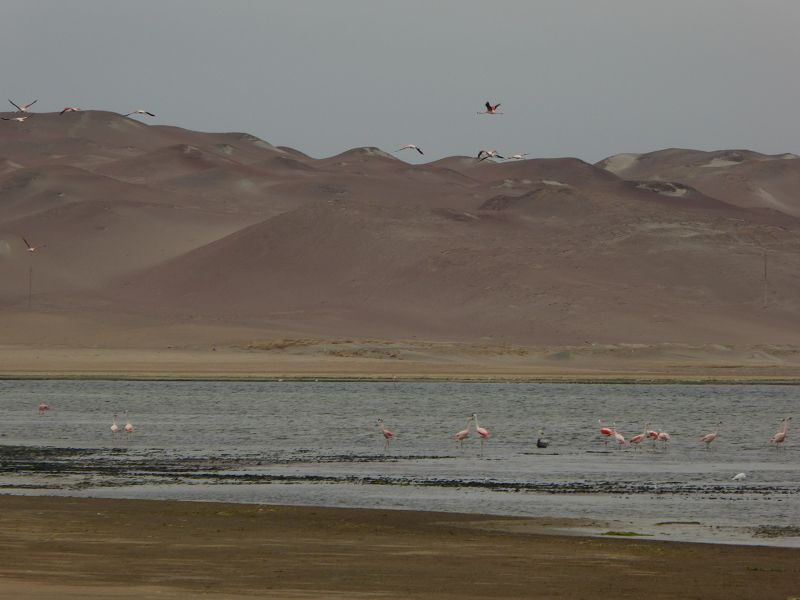 |
|
Islas Ballestas Paracas Peru Pazifikküste
Flamingos
|
Islas Ballestas
Paracas Peru Pazifikküste
Flamingo
|
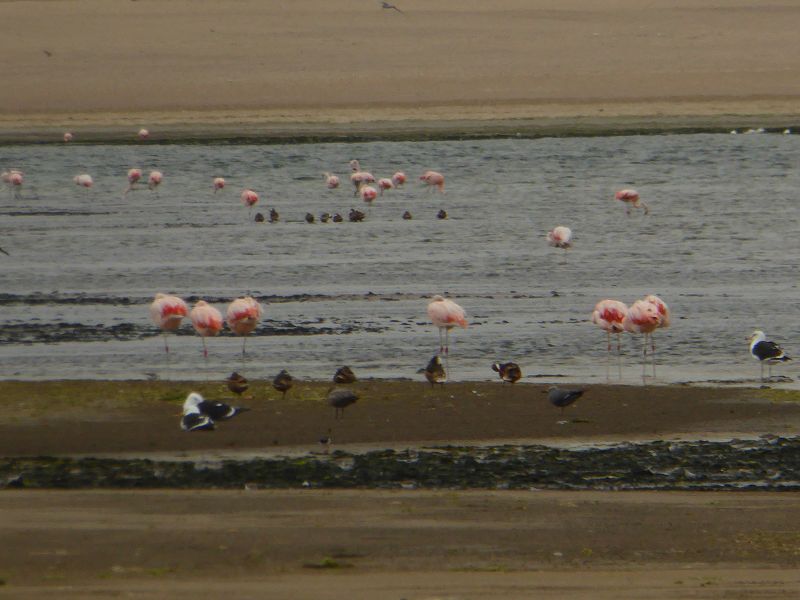 |
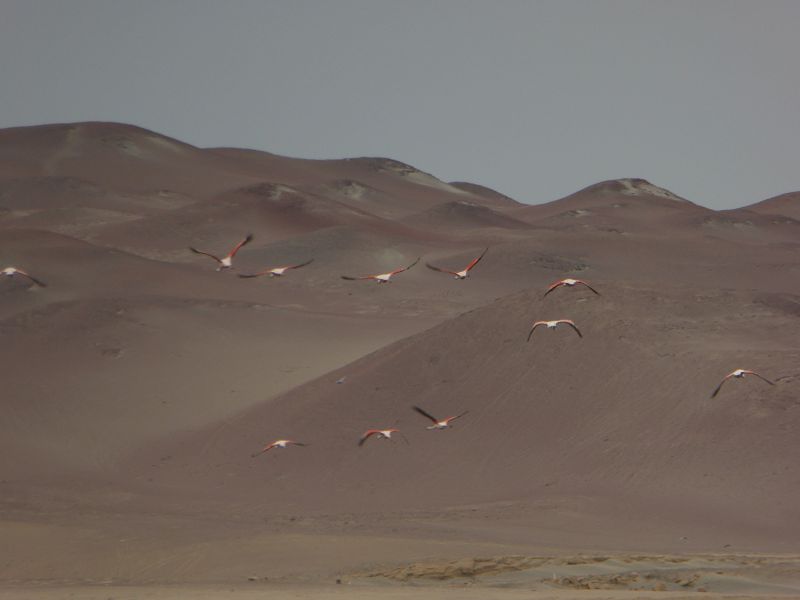 |
|
Flamingos
Möwen Strandläufer
|
Paracas Peru Pazifikküste
Islas Ballestas Paracas Peru Pazifikküste
Flamingo
|
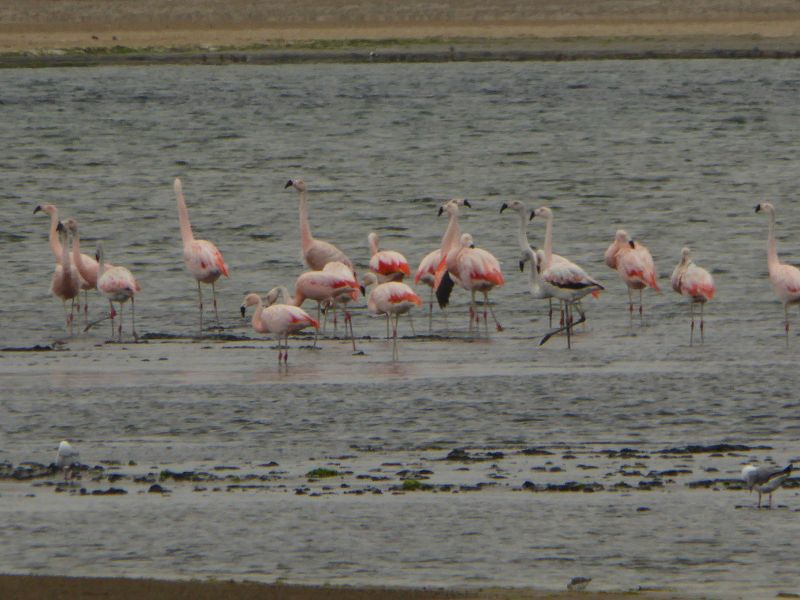 |
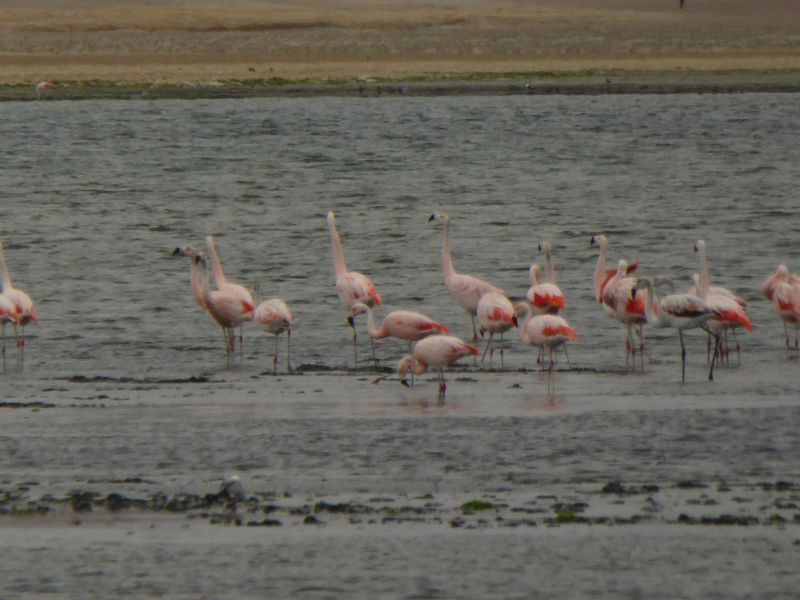 |
|
Islas Ballestas Paracas Peru Pazifikküste
Flamingos
|
Islas Ballestas
Paracas Peru Pazifikküste
Flamingo
|
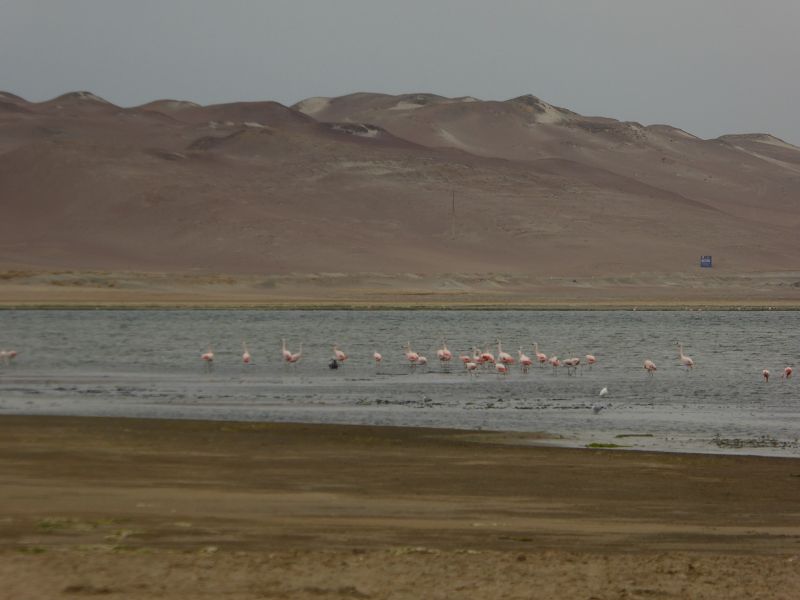 |
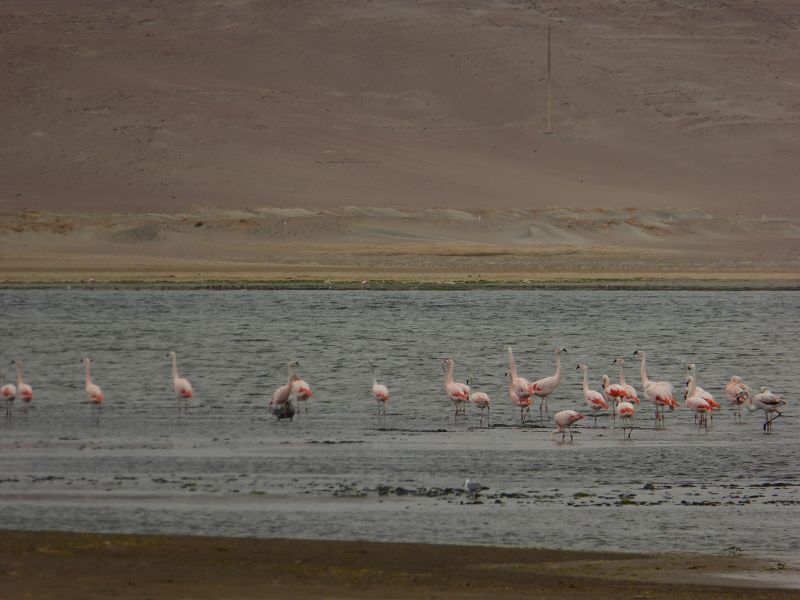 |
|
Islas Ballestas
Paracas Peru Pazifikküste
Flamingos
|
Islas Ballestas Paracas Peru Pazifikküste
Flamingo
|
 |
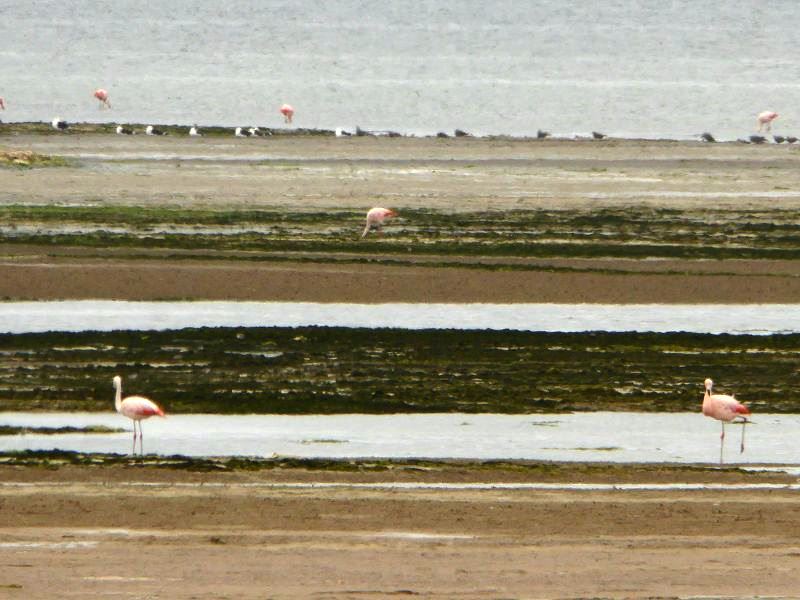 |
|
Islas Ballestas
Paracas Peru Pazifikküste
Flamingos
|
Islas Ballestas Paracas Peru Pazifikküste
Flamingo
|
|
Flamingos
he
Andean flamingo (Phoenicoparrus
andinus) is one of the most unique and fascinating species of
flamingo, found in the
high-altitude wetlands of the
Andes mountains in
South America. This species is one of the rarest and most endangered of
the flamingo family, and it primarily inhabits the
Andean plateaus,
including areas of Bolivia,
Chile, and
Argentina. Here's
everything you should know about this incredible bird:
Key Characteristics of the
Andean Flamingo:
-
Physical Appearance:
- The
Andean flamingo
has a distinctive pale
pink or white
plumage, with bright
yellow-orange hues around the legs and around the tips
of the wings. This makes them stand out from other flamingo
species, which are often more vibrant in their pink coloration.
- They have the same
long, slender necks
and pink legs
that are characteristic of all flamingos, along with their
iconic downward-bent
beaks which they use to filter food from the water.
-
Habitat:
-
Andean flamingos
are typically found in
high-altitude salt flats,
saline lakes,
and wetlands
in the Andean
mountains, particularly at altitudes between
3,200 and 4,300 meters (10,500 to 14,100 feet) above
sea level. Their primary habitat includes the
Salar de Uyuni
in Bolivia, Laguna
Colorada, and the
Laguna Miñiques
in Chile.
- These birds are specially
adapted to survive in the extreme conditions of the
Andean altiplano,
where temperatures can vary drastically and the environment is
dry and saline.
-
Diet:
- Like other flamingo
species, the Andean
flamingo feeds primarily on
algae,
diatoms, and
small invertebrates
found in the salt flats and saline lakes where they live. Their
specialized beaks
are designed to filter out these tiny organisms from the water.
- They also often feed on
brine shrimp
and other microscopic organisms that are abundant in saline
water, giving them the ability to thrive in conditions that many
other species cannot.
-
Behavior:
- The
Andean flamingo
is a social bird,
often found in large
flocks. However, they do not form the huge colonies
like some other flamingo species, and their groups can range in
size depending on the availability of food and water sources.
- Their
courtship
behavior is similar to other flamingos, with males performing
synchronized displays involving head bobbing and leg movements
to attract females.
-
Breeding and Reproduction:
- The
Andean flamingo
typically breeds on
isolated islands in the
high-altitude lakes.
They build nests
out of mud
and saline materials
and lay one egg,
which both parents take turns incubating.
-
Chicks are
born with grayish
feathers and gradually develop their distinctive pink
coloration as they grow.
-
Conservation Status:
- The
Andean flamingo
is considered
Endangered by the
International Union
for Conservation of Nature (IUCN), mainly due to
habitat loss,
pollution,
and the disturbance of
nesting sites. Climate change also poses a threat by
affecting the availability of food and the
suitability of
breeding sites.
- Additionally, the
extraction of water
for human use and
mining activities in the region has impacted the
flamingos' salt flats and wetlands, making conservation efforts
crucial for the species' survival.
-
Other Flamingo Species in
the Andes:
- In the same region, you
can also find Chilean
flamingos (Phoenicopterus
chilensis) and
James' flamingos (Phoenicoparrus
jamesi), both of which share similar habitats in the high
Andes.
- The
James' flamingo,
in particular, is quite similar to the Andean flamingo and often
inhabits overlapping regions, although it tends to prefer
higher altitudes.
-
Ecotourism and Viewing:
-
San Pedro de Atacama
in Chile, the
Salar de Uyuni
in Bolivia,
and Laguna Colorada
in
Bolivia are excellent places to view the
Andean flamingo
in their natural habitat. These areas are popular with
birdwatchers
and ecotourists
who want to experience the
Andean altiplano
and observe flamingos in the wild.
- Birdwatching tours in
these regions often include visits to
salt flats
and lagoons,
where visitors can observe flamingos feeding, nesting, and
flying.
-
Adaptations to High
Altitude:
- The
Andean flamingo
is uniquely adapted to life at high altitudes. They can tolerate
extremely low oxygen
levels and have specialized physiology to help them
cope with the harsh conditions of the
Andean plateau.
- Their
high-altitude habitat
is harsh, with temperatures that can drop well below freezing at
night, but the flamingos are well-suited to survive in this
environment.
Summary:
The
Andean flamingo is a
magnificent bird species found in the
high-altitude lakes and salt
flats of the Andean
region. These striking birds are an iconic symbol of the
Andean altiplano and
are specially adapted to survive in one of the harshest environments on
Earth. However, their survival is threatened by
climate change,
habitat loss, and
human activity,
making conservation efforts critical for their future.
If you're planning to visit places like
Salar de Uyuni or the
Atacama Desert in
Chile, the Andean flamingo
is one of the incredible wildlife species you can expect to encounter.
|
Flamingo
|
 26.07.25 Copyright Dirk
Rauschenbach Koelnerstrasse 293 51702 Bergneustadt
Datenschutzerklaerung 02261 9788972 Mail ccooly(
at) web.de
26.07.25 Copyright Dirk
Rauschenbach Koelnerstrasse 293 51702 Bergneustadt
Datenschutzerklaerung 02261 9788972 Mail ccooly(
at) web.de
 Safaris
Bergsteigen
Wandern
Inselwandern Weltweit
Safaris
Bergsteigen
Wandern
Inselwandern Weltweit
 Europa
Inselwandern
Europa
Inselwandern
 Städtewandern
Städtewandern
 Paintings
Paintings Dirk Rauschenbach
Dirk Rauschenbach
 Safaris
Bergsteigen
Wandern
Inselwandern Weltweit
Safaris
Bergsteigen
Wandern
Inselwandern Weltweit
 Europa
Inselwandern
Europa
Inselwandern
 Städtewandern
Städtewandern
 Paintings
Paintings Dirk Rauschenbach
Dirk Rauschenbach
![]() 26.07.25 Copyright Dirk
Rauschenbach Koelnerstrasse 293 51702 Bergneustadt
Datenschutzerklaerung 02261 9788972 Mail ccooly(
at) web.de
26.07.25 Copyright Dirk
Rauschenbach Koelnerstrasse 293 51702 Bergneustadt
Datenschutzerklaerung 02261 9788972 Mail ccooly(
at) web.de